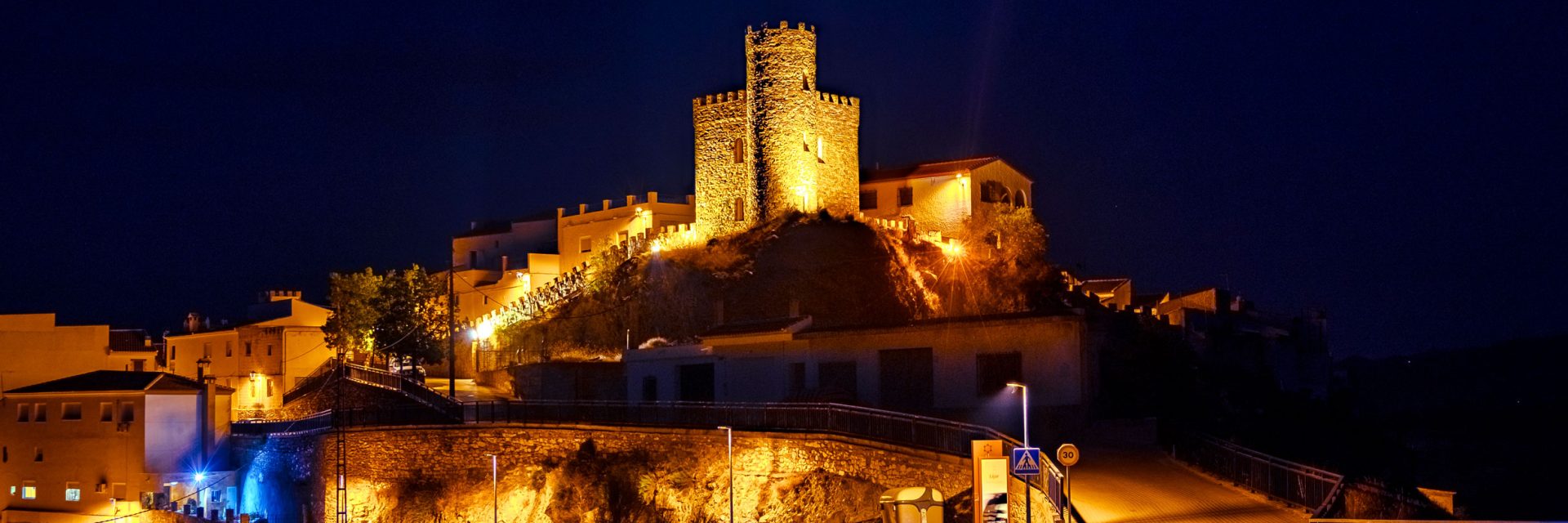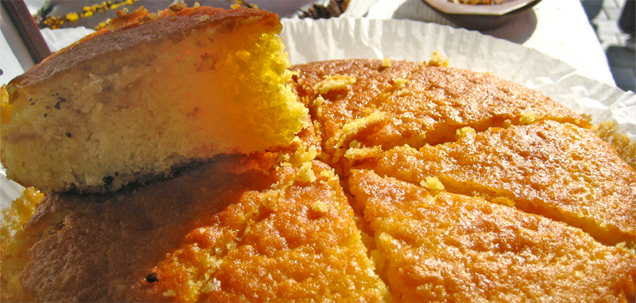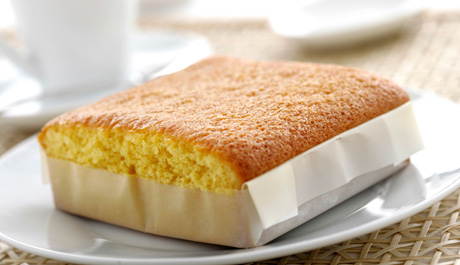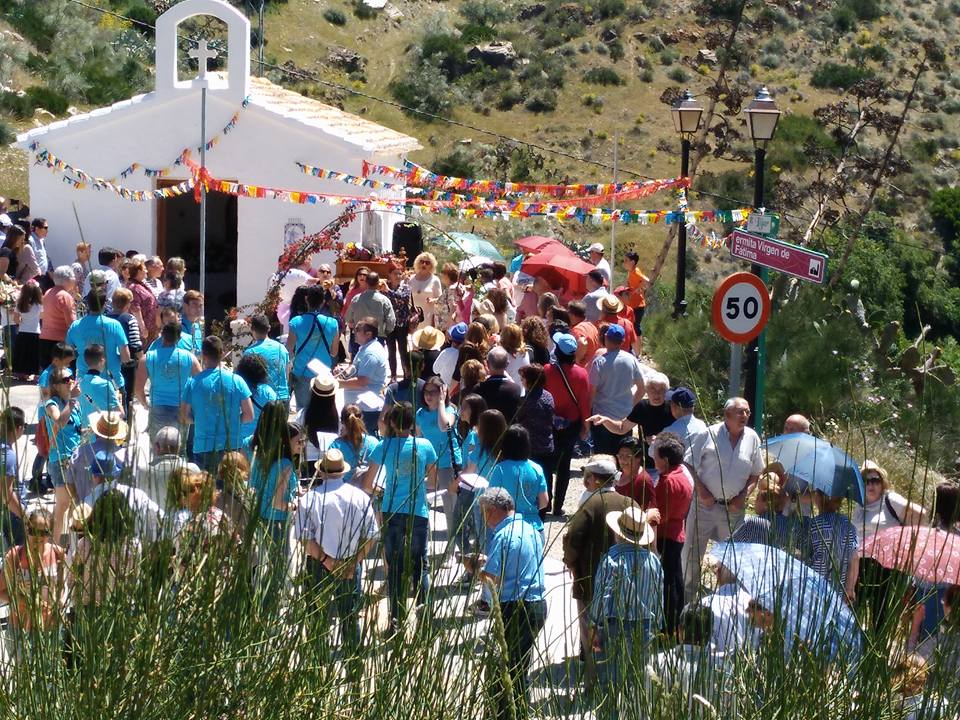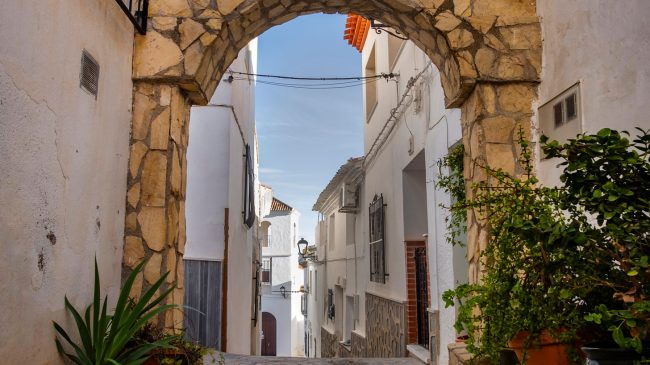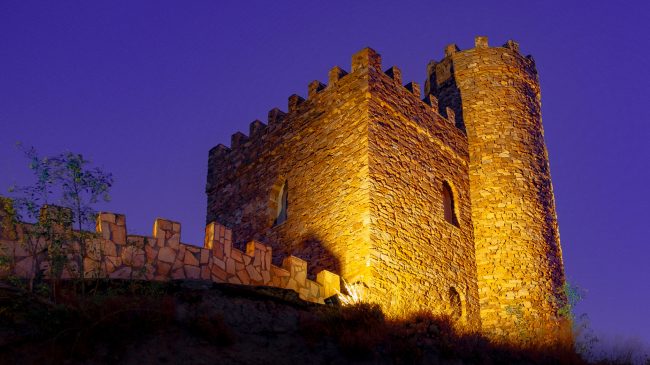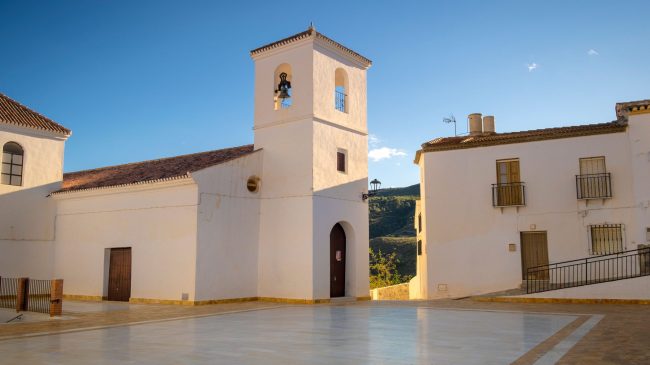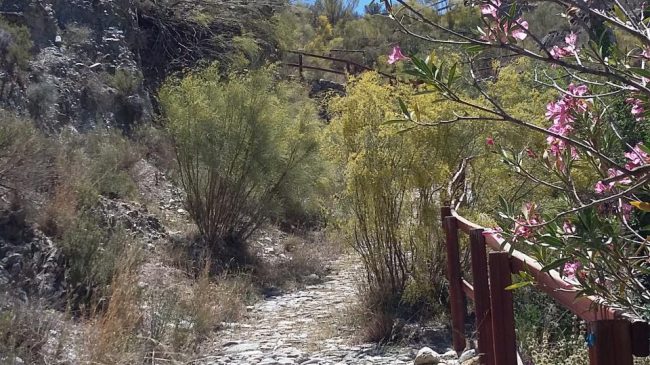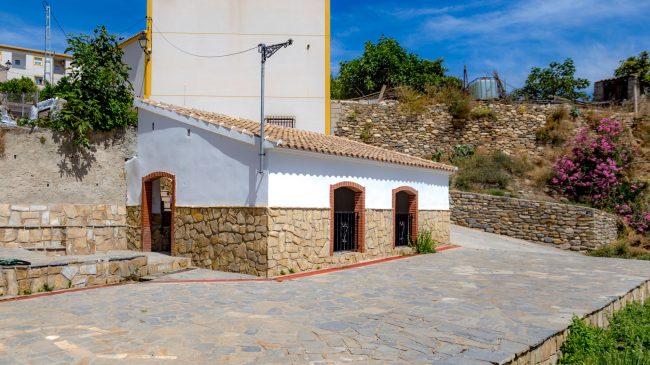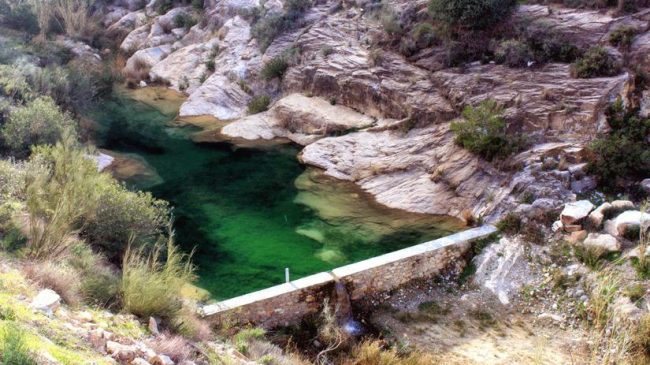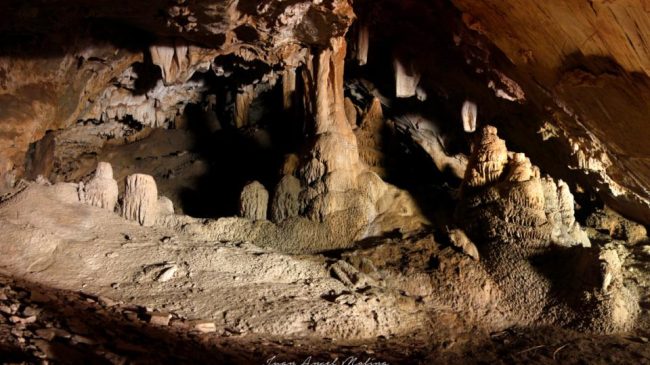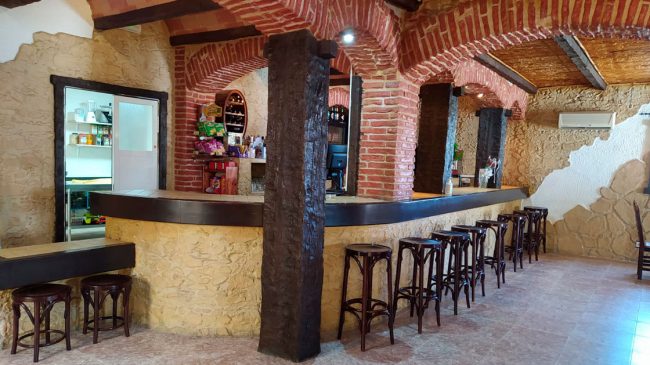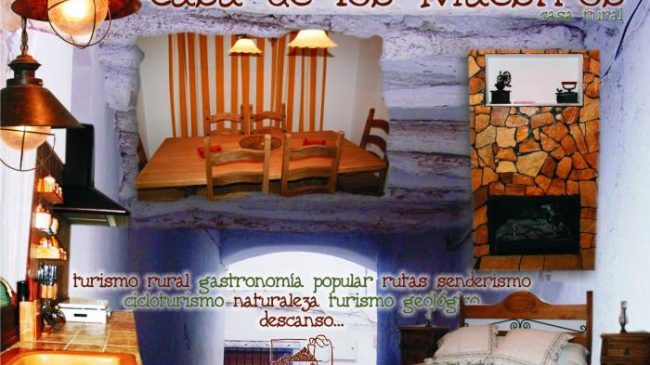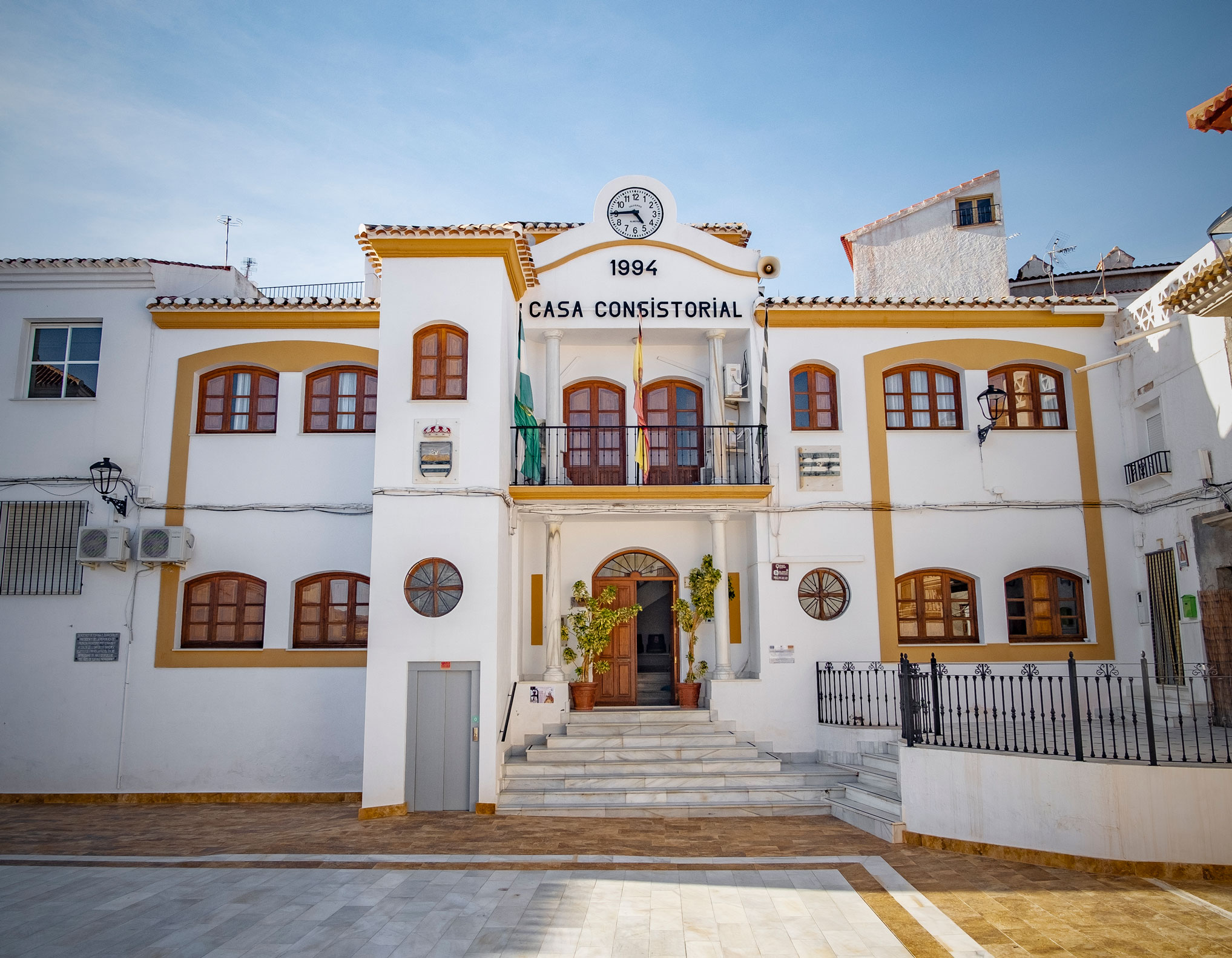INTRODUCTION
Located 86 kilometers from the capital, Líjar is accessed by the road to the Sierra de Macael, taking the detour at the junction of Chercos. There is a bus service between this town and Almería.
Perhaps the most picturesque historical curiosity of this municipality is found in the archives of its City Council, in the minutes of October 14, 1883, where the session agreed to “declare war on the French Nation”, in response to the grievances received by the king Alfonso XII in his visit to Paris a few weeks before; the “war” lasted until the signing of the Treaty of Peace (October 30, 1983), signed by the mayor of this town, the consul of France in Malaga and the vice-consul of this country in Almeria.
Monuments that deserve a detained visit are the Parochial Church (XVII century) and the Shrine of the Virgin of Fatima.
The most important festivals are San Antones (January 17), where traditional bonfires are lit, the Fiestas de San Blas (1-3 February), Holy Week and the Pilgrimage of the Virgin of Fatima. From September 9, coinciding with the patron saint festivities, the Cultural Week is celebrated The Lijonazo, with sports activities, chess, music bands and the camping and excursion Sendero del Poyo
I want to welcome you to this web page.
We have always been a warrior and non-conformist people, as the 100 years of war with France demonstrated, or when the Moors of Líjar rebelled in 1488, and at the same time we have taken advantage of everything we have had at our disposal. what, getting on the train of new technologies, is something we could not miss.
From this page we pretend that all those who are from Lijara or foreign, who reside among us or who are outside, always have a point where to meet our people.
We try to make an active page, where in addition to the information that we offer here, anyone who wants can give us suggestions or ideas to improve our town.
We wait for you in Líjar.
a greeting
DISCOVER LÍJAR
HISTORY AND ORIGINS
The human presence in the area since prehistory is known. Like other lands of Andalusia, it suffered the occupation of the Carthaginians and the Romans, attracted by the mineral wealth of the region. With the Arab occupation, agriculture is given more importance and mining activity is reduced. In the Muslim era Almeria had a good industry of fine fabrics, such as linen and silk. In a count of 1846 25 looms were counted in Líjar, but this artisan sector did not last in the 20th century.
The War against France (1883-1983)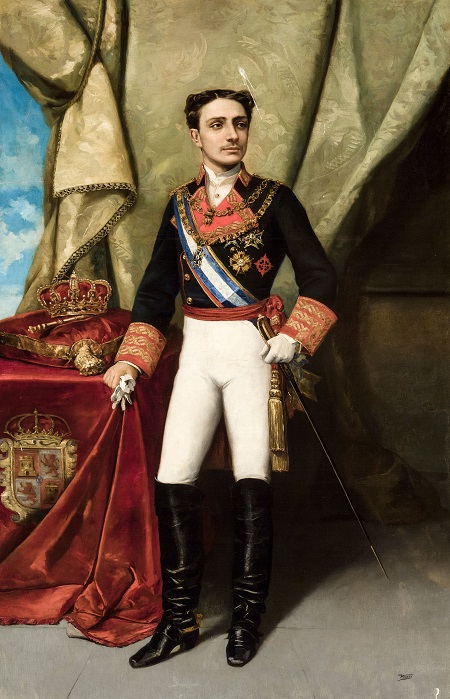 Between July 1870 and January 1871 a war between France and Prussia took place, and the triumph of the Prussians served to complete the German unification. The defeat was of great importance for France, which counted 140,000 dead Gauls. The Spanish monarch Alfonso XII made a trip in September 1883 to France, Germany, Austria and Belgium.
Between July 1870 and January 1871 a war between France and Prussia took place, and the triumph of the Prussians served to complete the German unification. The defeat was of great importance for France, which counted 140,000 dead Gauls. The Spanish monarch Alfonso XII made a trip in September 1883 to France, Germany, Austria and Belgium.
In Berlin, a gala banquet with Bismarck, praised the Prussian cause and hinted that Germany would have the support of Spain in the case of a new war against France. He was also elected as honorary colonel of the garrison of Uhlans in Alsace, which was a German territory claimed by France. On his return he passed through Paris in his Prussian uniform and was received by the staff of the French government as well as by a good number of French citizens. The monarch suffered a rain of insults, boos and were thrown some stone and other objects of citizens. On his return to Madrid, the monarch was greeted by a large crowd of Spaniards who cheered him in support and for that relief from the French the municipal corporation of Líjar decided at that time to declare war on France.
There were no major war incidents and on October 30, 1983, after 100 years of bloodless war, peace was signed between Lebanon and France. By representation of the Gallic country, the consul and vice consul of France in Malaga and Almeria attended, and on behalf of Líjar the mayor Diego Sánchez Cortés. The following peace act was signed:
In the town of Líjar, province of Almería, being twelve hours of the day thirty of October of one thousand nine hundred and eighty three. Gathered in the public square of this town, on the one hand the representatives of the French Nation, on the people of the consul and vice-consul of Malaga and Almeria, and on the other the Municipal Corporation of the City Council of Líjar, presided over by its Mayor D. Diego Sánchez Cortes, being exceptional witnesses civil and military authorities of the province.
It is agreed to sign the Peace between Líjar and France, after one hundred years of bloodless war, declared by this City Council on October fourteen, one thousand eight hundred and eighty three.
And to record the sign on one hand the representatives of the French State, and on the other the Municipal Corporation of the City of Líjar, signing as civilian and military authorities of the province and all the population of Líjar, as witnesses of exception, of what I secretary certify.
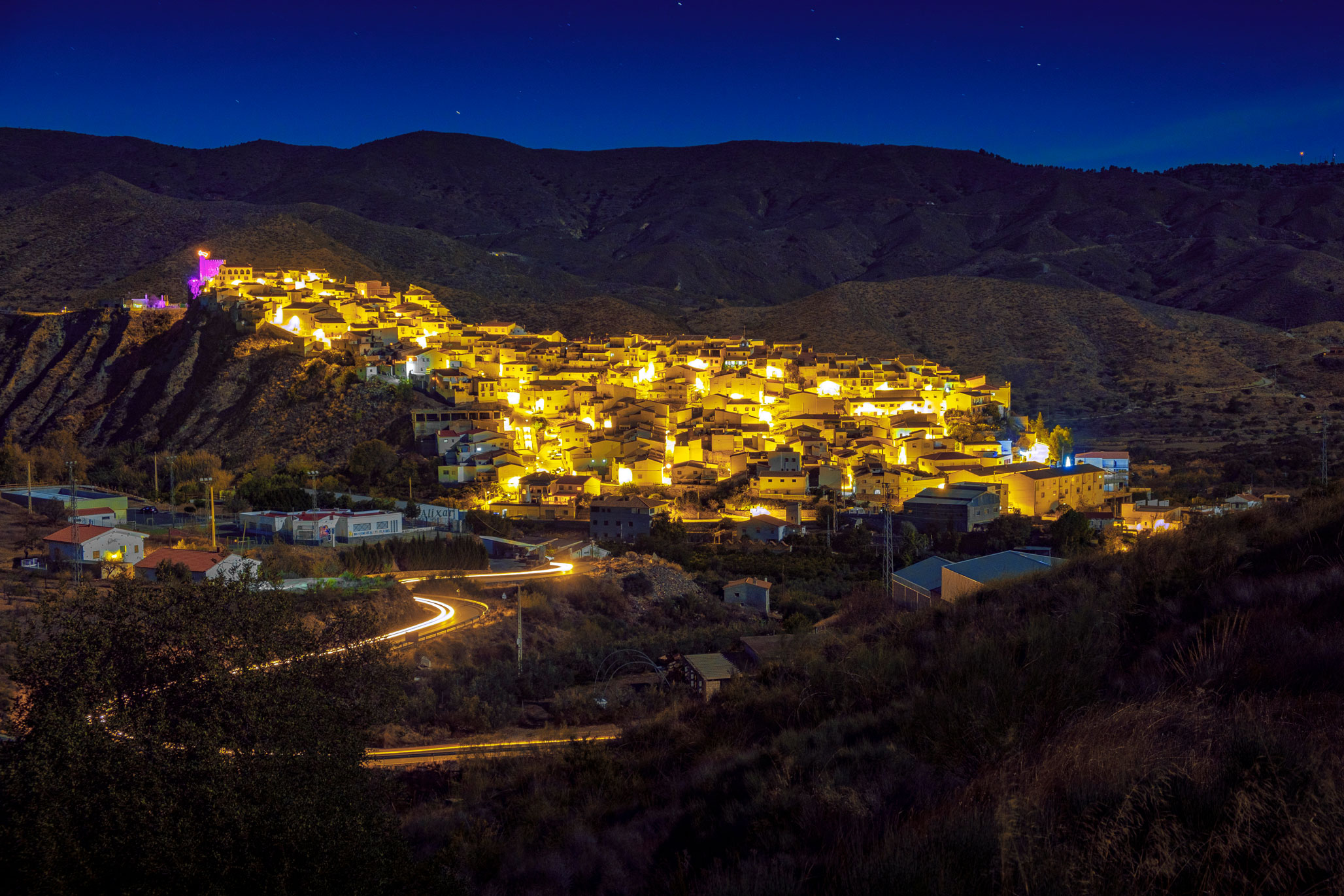
GASTRONOMY
The lijareños have a great variety of agricultural and livestock products that they have been able to take advantage of over the centuries to enrich their diet, basing their main ingredients on those good products that they have been harvesting in their gardens and raising in their corrals. Thus, we can enjoy today a very rich, healthy and extensive cuisine.
As a result of a program carried out by the Regional Commission of Culture of the Marble of recovery of traditions, the idea arose to elaborate a recipe book, collecting the recipes of the typical foods of the town and plasmándolas them in a book, thus avoiding that they are lost and trying that they are kept as closely as possible to their original elaboration.
Antonio Zapata, important Almerian gourmet, has been in charge of the direction, which has been based on the recipes that have been explained to him by the members of the local adult school.
Fritá de Calabaza
Ingredients
- 1/2 Kg. Of pumpkin.
- 1/2 kg. of patatos.
- 1 fat onion.
- 1 eggplant
- 2 peeled tomatoes
- 1/4 Kg. Of green peppers.
- Salt and oil d eloliva.
All vegetables are peeled and chopped in not very large pieces.
They are fried separately to give each one their point.
Finally if they put all in a pan and wrap well; the salt is tested and the fritá is cooked unratically.
Tomato scramble
Ingredients
- 2 Kg. Of ripe tomatoes.
- 4 eggs
- 1 spoon of sugar.
- Salt.
- Olive oil.
Peel the tomatoes, chop them and fry them with a little oil, add salt and sugar. When the tmate is fried, add the eggs without stirring and mix well until they are made to our liking. It is rectified of salt and can be eaten hot or cold.
The quantity of eggs can be varied, to the taste of the consumer.
Talbines
Ingredients
- A few slices of bread the day before.
- 1/2 l of milk
- Sugar to taste.
- The flour that admits.
The bread is cut into taquillos and fried in hot oil. They are removed and reserved.
In a pan put the milk on the fire, sugar is added to taste and flour is added to form a liquid dough, which will boil a little to cook the flour well.
The croutons are thrown over them and hot meat is eaten.
The popular diet in the Mediterranean has always been based on cereals, prepared in multiple ways to give variety to the humble and monotonous diet. The porridge, salty or sweet, are a good sample. See also the note of “Porridge with milk”.
Grandma’s biscuit
Ingredients
- 1 kg of bread dough
- 4 eggs
- 1/4 kg of sugar
- The scraping of a lemon.
- 1 little olive oil.
- 1 gob of lard.
- 1 handful of baking
- Meringue (optional): 2 egg whites and 2 tablespoons of sugar.
Beat the eggs and mix with all the ingredients, so that there is a little thick dough. It is cast in a mold and put into the hot oven until it is seen to have risen.
It can be garnished with meringue, which is made with clear whipped to a point of snow and sugar: once the cake is removed from the oven, the meringue is spread over it and the oven is put back in the oven for two or three minutes to dry the meringue . You have to let it cool well before eating it.
Fried doughnuts
Ingredients
- 5 Eggs
- 18 Tablespoons of Milk
- 15 Tablespoons of Sugar
- 12 Tablespoons of Oil
- Flour
- 3 Gaseosa (the tiger)
- 1 Yeast envelope (royal)
- Grated lemon
- Cinnamon
Beat the eggs and mix with all the ingredients except cinnamon, we are adding the flour until it is a not very hard mass, rather spongy that we can take small pieces and give the shape of a donut without it sticking in the hands. Put a pan with oil in the fire. When it is hot we will start to fry the rolls. Finally, when they are fried, we pass them the roscos for sugar and cinnamon.
Sobaos
Ingredients
- Dough.
- Matalaúva.
- Peeled almonds
- Sugar.
- Olive oil.
The dough is seasoned with matalaúva and it is added oil and kneading very well, or “rubbing” many times. Let it rest in a warm place so that it rises. They make a roscos, molding them between the fingers and the palm of the hand. Garnish with almonds and sprinkle with sugar. Bake until golden brown.
As in other recipes, quantities are not given because they are made by touch. You have to buy bread dough in the bakery or make it at home with its crescent, the chemical yeast is not worth.
HOLIDAYS AND TRADITIONS
SAN ANTONES (January 17)
Towards the middle of January, the day of San Antón is celebrated with the burning of bonfires. For several days, the children and young people of the municipality look for firewood around the town to, when the day comes, to make big bonfires (sanantón), where some groups compete with others to see that sanantón has been the biggest. Once burned the wood, in the embers they usually roast potatoes and drink with these with a good wine of the country of the lijereñas vines. We can not forget that all this is accompanied by the whistle and light of the gunpowder of the wheelbarrows, which young people are pulling all over the town, which makes the little ones and some more fearful seniors leave the party to stockings and leave in search of refuge somewhere safe.
ROMERÍA DE LA VIRGEN DE FÁTIMA (First Sunday of May)
The Hermitage of the Virgin of Fátima, is in the Huertecicas, district of Líjar, today practically uninhabited. Until the decade of 1960 approximately, in that the hermitage was constructed by initiative of Jose Martinez teacher at that time of that pedania. José Martínez was the one who proposed and the one who carried out the initiative so that the Hermitage could be built, since before having the Hermitage the mass was celebrated in the premises of a neighbor of this district, in the so-called “Huertecicas de allá” ” On the first Sunday of May, most of the people from Lima, and more and more visitors, go there to hear Mass, accompany the Virgin in procession and later enjoy with family and friends a meal in the countryside. .
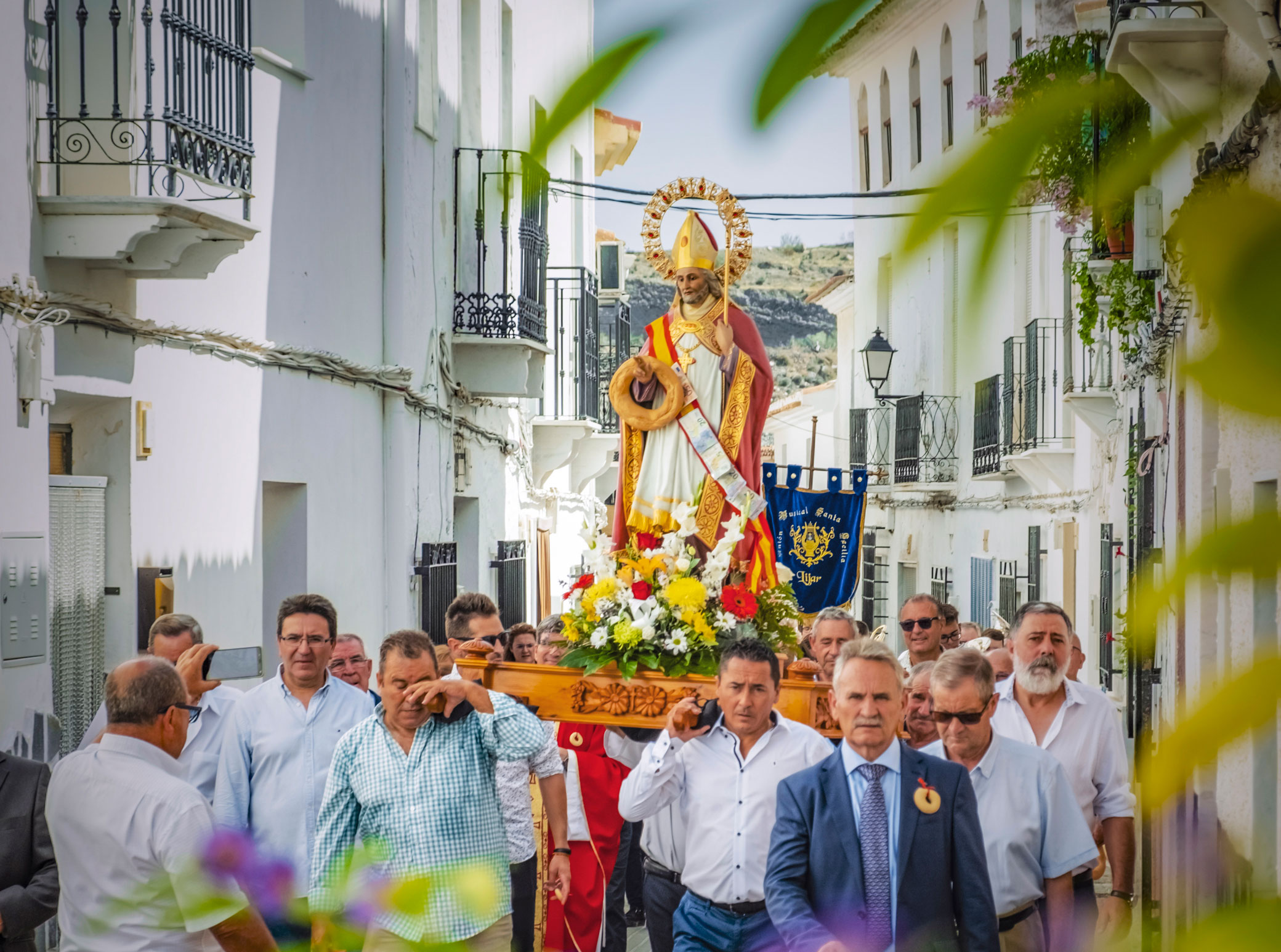
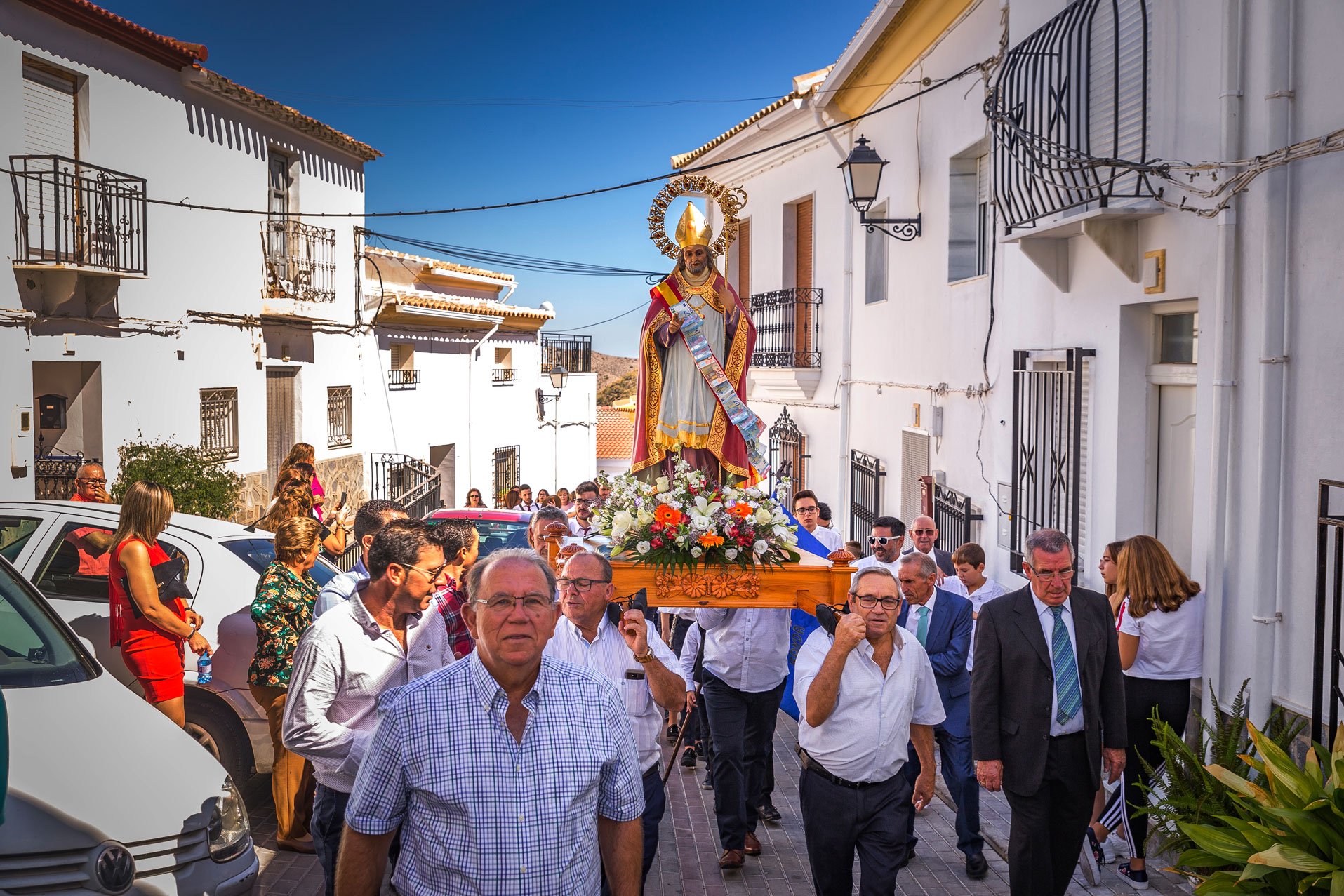
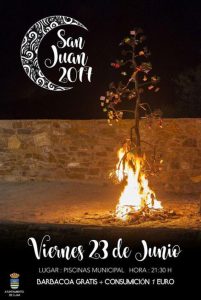 TOURIST PARTY (First half of August).
TOURIST PARTY (First half of August).
Líjar is a town where its people are working by nature and in times of crisis and little work, the people of Lijar have emigrated to other places in Spain and beyond, in search of a salary to support their families.
This celebration has been held precisely because of this emigration, when a group of people from Lijereños who worked in Switzerland decided to celebrate a patron’s party in August, when most of them were here.
Since then this festival is celebrated every year in August, without a fixed date, with numerous activities (dances, games, etc.) and with the traditional mass and procession in honor of San Blas.
SAINT JOHN FESTIVITY
(the night of June 23).
The night of San Juan is a magical night where the lijereños dance, eat, burn their desires and bathe in the facilities of the sports complex of the municipal swimming pool.
PATRON FESTIVALS OF SAN BLAS AND SAN MIGUEL
On February 3 is the onomastics of San Blas, patron of Líjar. For 9 days prior to this the Novenas are made to San Blas, in which many people gather in the Church to pray and sing to the Patron.
On February 2, and coinciding with the last novena, the Saint is carried out in procession through the streets of the town, it is a procession at night, in which formerly, the lilareños who had a promise left a lighted lantern on their door so that when he passed by there the procession would stop and they would sing a salve to him.
On February 3 is celebrated the Holy Mass in Honor of San Blas, preceded by a parade entertained by the music band Musical Union Santa Cecilia de Líjar and followed by the traditional procession through the streets of the town, accompanied also by the band of music of the locality.
This celebration has been celebrated since the time when cholera struck the area and the locals then made a promise to their employer, where he asked that this disease did not leave dead in the town and in exchange offered to celebrate a holiday on San Miguel, and since then he has been doing it.
As it happens in February, also the novenas to San Blas and the Procession of the previous night are realized, but aside, there are multitude of activities of all type, ludic, cultural, sporting, etc., along several previous and later days to this, depending on the dates. Normally popular festivals are performed by orchestras, tapes, popular paella, children’s games, election of queen and ladies of the parties, sausage tasting, chocolate accompanied by country sweets or churros, sports tournaments, etc., and the traditional Mass and procession in honor of San Blas.
The 29 of September is San Miguel and is celebrated in Lijar the celebrations in honor to his employer SAN BLAS.
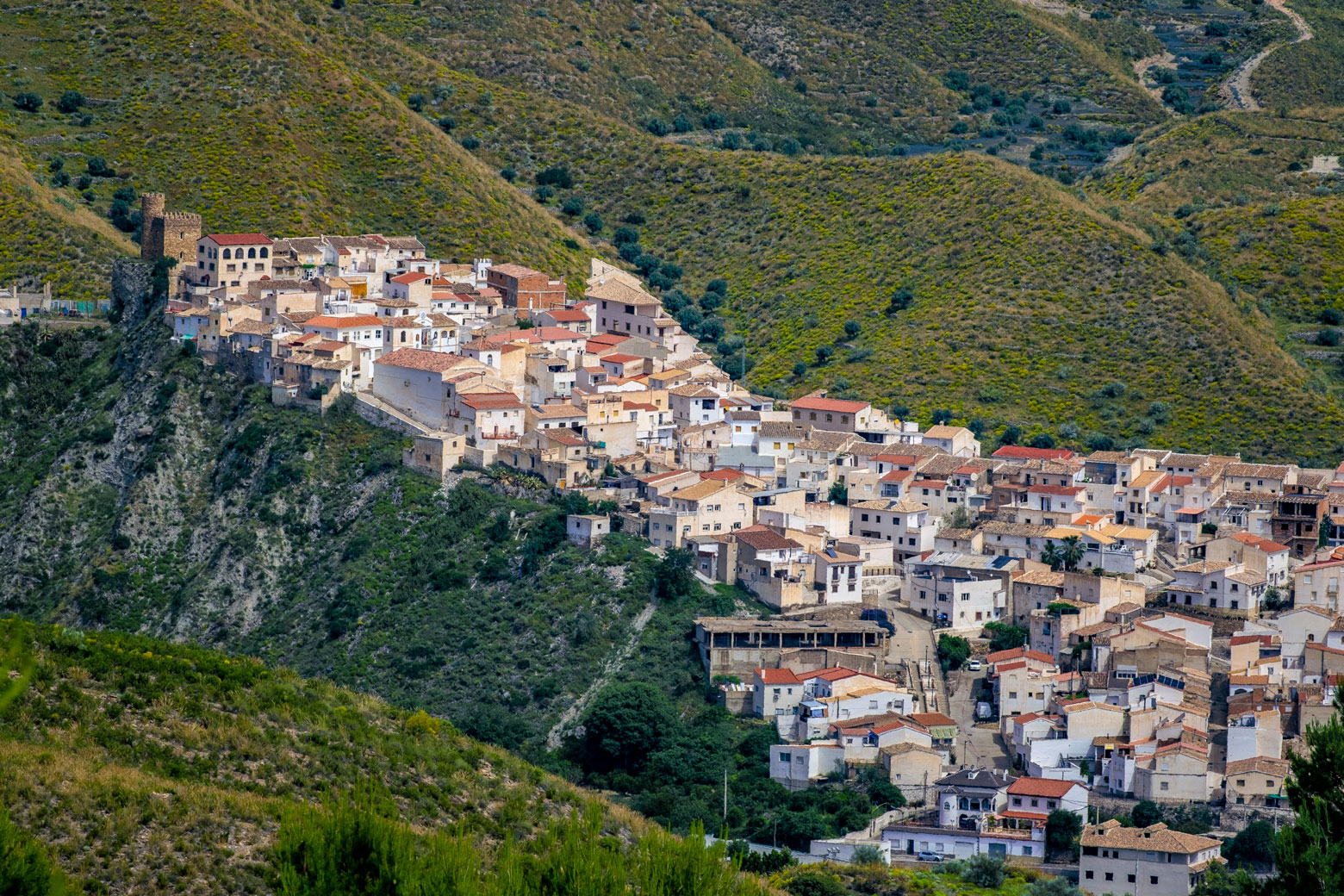
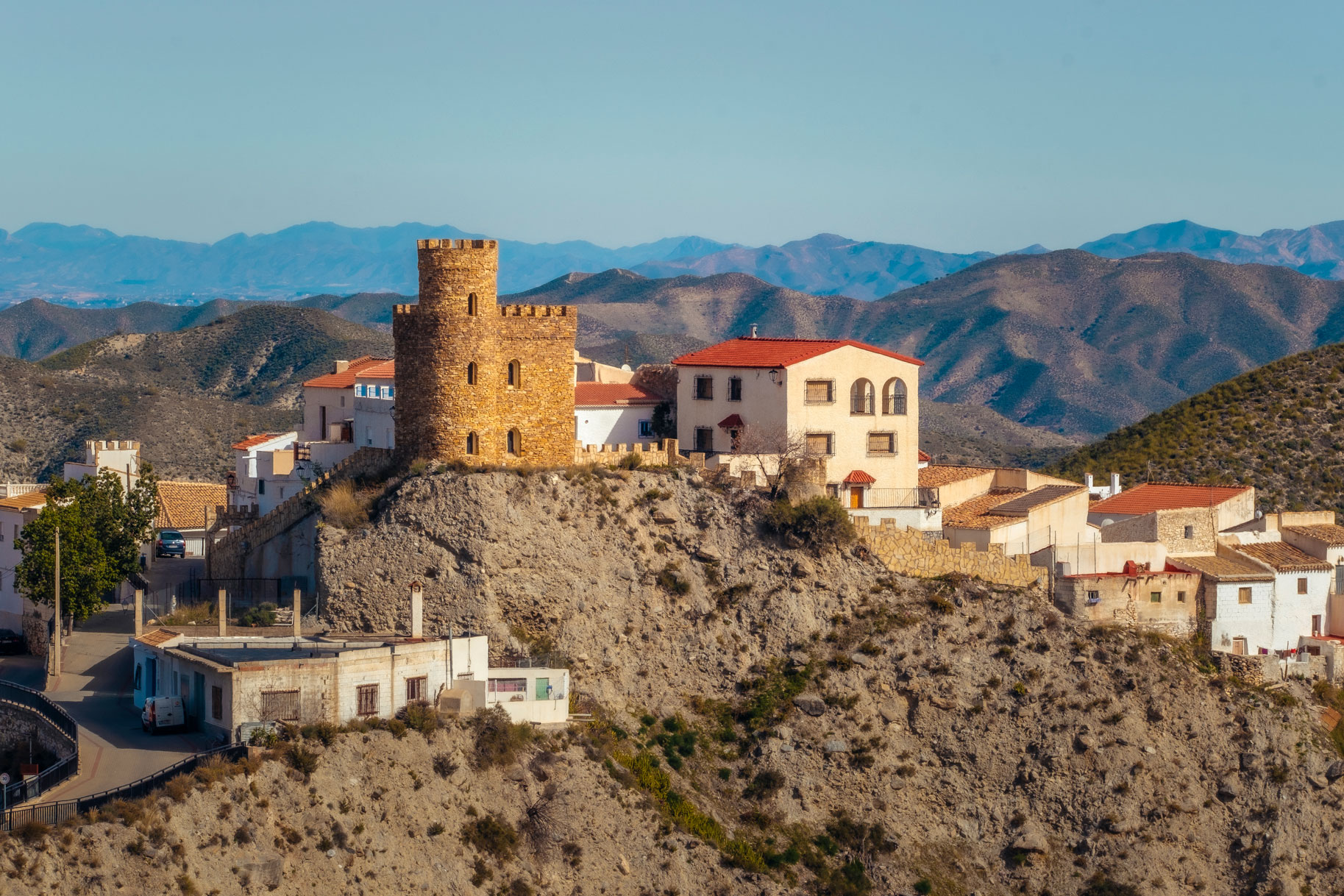
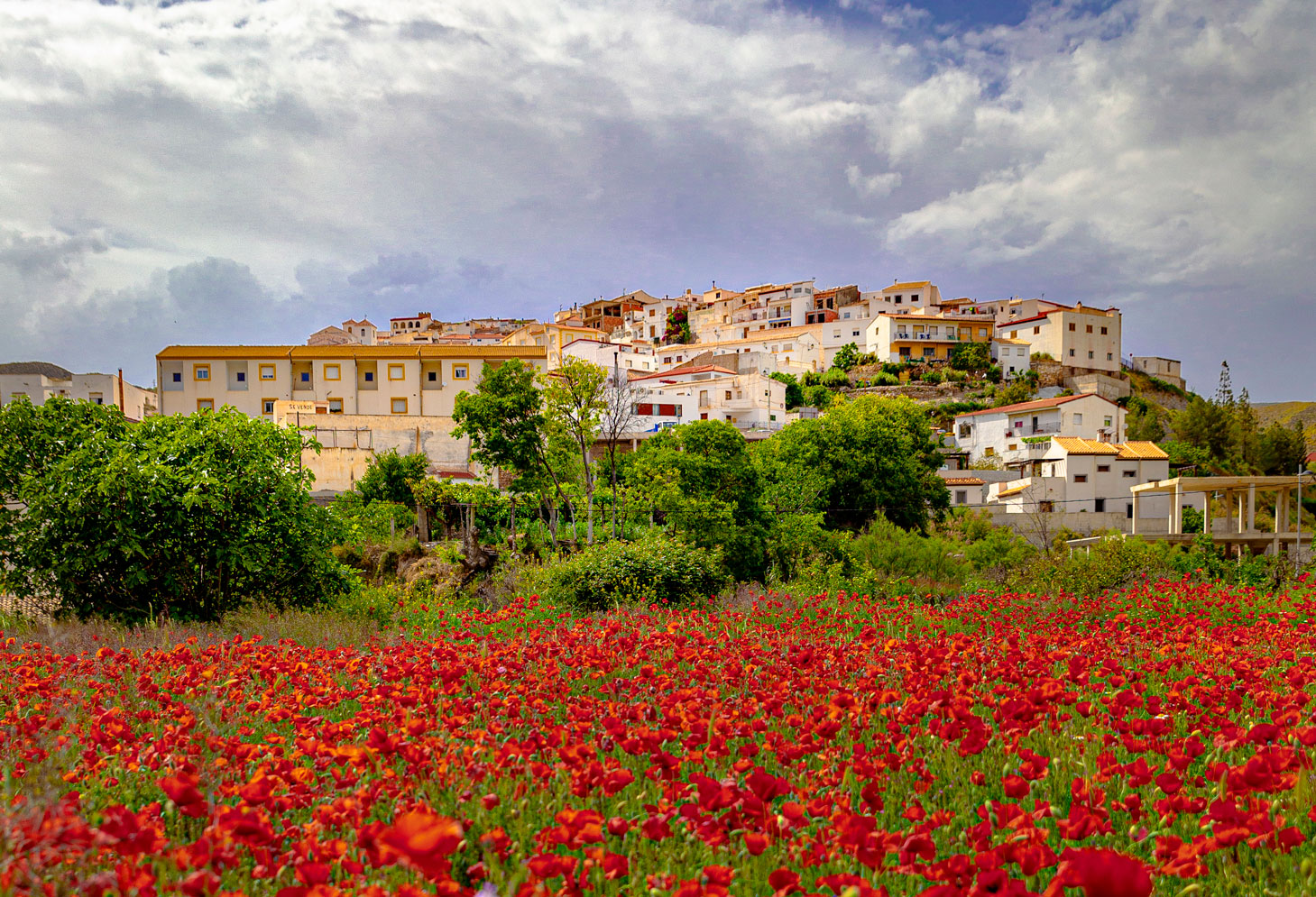
ORGANIZE YOUR TRIP
What to visit
If you are thinking of taking a different trip to discover beautiful places and charming towns that are not usually well known, a getaway to Líjar is an excellent option. Our town has many options to make and we recommend the ones that are sure to be of your interest.
WHERE TO SLEEP
DATA
Town Hall of Líjar
Address: de nº, Plaza la Paz, 1, 04859 Líjar, Almería
Web: http://www.lijar.es/
Contact: 950 12 22 31

